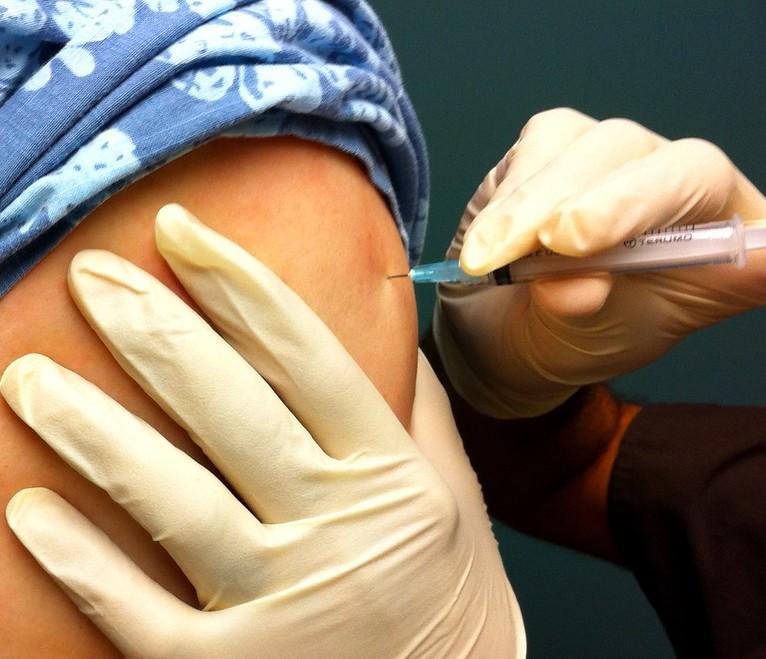
A new small study of 85 men in China shows COVID-19 infections do impact semen quality, but only temporarily. The study is published in Virology Journal.
The study, conducted between June 2022 and July 2023 at the Guilin People’s Hospital, included 85 men who were undergoing infertility investigations. None of the men had severe COVID-19 infections or required hospitalization.
Semen samples were collected 6 months before COVID-19 infection, within 3 months after COVID-19 infection, and 3 to 6 months after COVID-19 recovery. Thirty-four patients underwent semen analysis within 3 months after COVID-19 infection and within 6 months before COVID-19 infection.
Both sperm concentration and total sperm number were significantly lower 3 months after infections, but no change was seen in semen volume, total motility, progressive motility, and normal morphology of sperm. In 64 patients who underwent semen analysis within 3 months after COVID-19 infection and 3 to 6 months after COVID-19 recovery, there was a significant increase in sperm concentration, total sperm number, progressive motility, and normal morphology during the recovery period.
Infection is indeed an important factor affecting sperm quality, as there is consistency between the decrease in sperm concentration and total sperm count after infection.
"This confirms, at least in line with previous research, that infection is indeed an important factor affecting sperm quality, as there is consistency between the decrease in sperm concentration and total sperm count after infection and the subsequent recovery in sperm concentration," the authors wrote.
The authors said fever, oxidative stress, and cell damage could all be behind the dip in semen quality.
"Fortunately, these mechanisms causing sperm damage are likely to be temporary, reversible, and seemingly self-healing," they concluded.














